Articles in the Surveying Category

Quality hydrographic survey data is essential for efficient maritime development
N R Raut
Assistant Hydrographic Surveyor in Minor Ports Survey Organisation,
Ministry Of Shipping, Road, Transport & Highways.
nrrautahs@yahoo.com
India has long coastline of 7517 kms with 12 major ports and 187 minor & intermediary ports. Major ports all together handled 423 million tones traffic & non–major ports all together …

Rear Admiral K R Srinivasan
Rear Admiral K R Srinivasan
AVSM, IN (Retd), Hydrographic and Oceanographic Expert,
Chief Hydrographer, Government of India
MARITIME Boundary Delineation (MBD) with neighbouring States is an essential need for national security and offshore development, more so for developing States with sizeable Exclusive Economic Zone(EEZ) and Continental Shelf Areas. Whilst it is laudable that India …
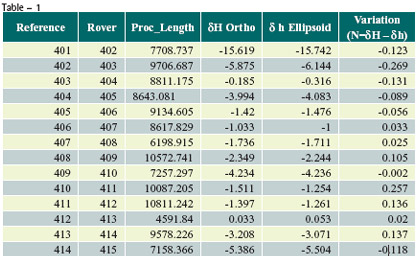
CURRENTLY the trend is that more and more project authorities are mandating use of GPS for control work and private surveyors have to comply with this requirement. Dual frequency DGPS have been beyond the financial reach of these surveyors as such most prefer to invest in single frequency DGPS, which cost almost one third the cost of dual frequency DGPS.
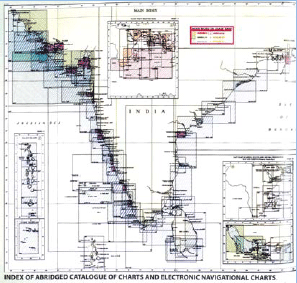
World Hydrographic Day is being celebrated on the 21st June every year to commemorate the establishment of the International Hydrographic Bureau by 19 member states in 1921 at the Principality of Monaco at the invitation of HSH Prince Albert I, a noted marine scientist and oceanographer, who had graciously offered the requisite space and facilities free of cost. In 1970, it was renamed as the International Hydrographic Organisation (IHO) and has presently 80 Member States, covering the vast majority of Ocean States. IHO plays a very useful role in Standardisation, International Charts, Capacity Building and Technical Cooperation, Education and Training, Hydrographic Surveying, Charts (paper and digital), Regional Hydrographic Commissions, Cooperation with other International Organisations, Tsunami Information, and nautical Publications.
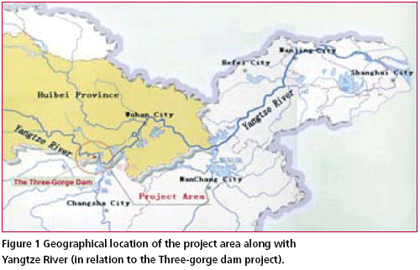
China has a vast expanse of land with intertwining rivers and mountains, abounds in lakes and reservoirs. The survey of rivers and lakes as well as the protection and exploitation of these resources plays an important role in Chinese economy. Cross-section survey of water bodies is a key part in hydrographic engineering survey. Traditional methods of cross section survey of a river such as theodolite intersection, theodolite stadia, electronic distance measurement, depth-surveying bar, leadline, handlead survey and echo sounder are the main methods used for water bathymetry. These methods are not only prone to the inaccuracy of instruments, distances, weather conditions, intervisibility and communication device, but also involved in tedious workload which leads to low efficiency. Some unfavorable factors such as the flow of the water and the nonlinear movement of the surveying ship make measuring the depth of the water more difficult. Lack of skills and cooperation among surveyors might result in a low accuracy in the position fix of cross-section points, thus further affects the quality of cross-section survey of the river. The application of real-time kinematic (RTK) GPS positioning technique has opened a new avenue for the crosssection survey of rivers (Wu, 2005). Simultaneous utilization of RTK GPS technology and the shipboard sounding method (e.g. digital depth sounder) will greatly improve the accuracy and efficiency of cross-sectioning survey of rivers(Qiu and Fong, 2002; Qiu 2004; Zhang et al, 2002).
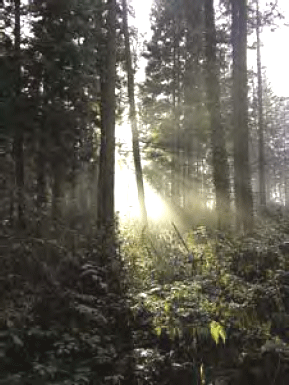
Space borne Remote Sensing technology has proved to be an important tool in rapid assessment and mapping of natural resources over a large area with reasonable accuracy. Application of satellite data in assessment of forest cover in India was first demonstrated by the National Remote Sensing Agency (NRSA), Department of Space, Hyderabad in 1985 when it came out with first ever estimate of country’s forest cover based on interpretation of Landsat (an American Satellite) data. Almost simultaneously, Forest Survey of India (FSI), Ministry of Environment & Forests started interpretation of satellite data for assessment of forest cover of the country and published country’s forest cover in 1987 using Landsat (MSS) data, the most reliable data at the time.
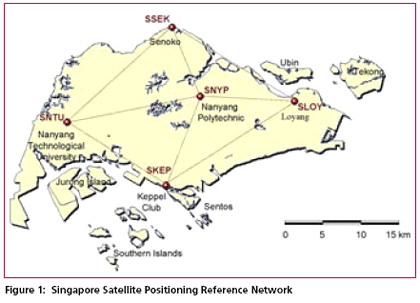
The Singapore Land Authority (SLA) will launch a new GPS reference station network in September 2006. The infrastructure known as the Singapore Satellite Positioning Reference Network (SiReNT) will replace the existing system, SIMRSN (Singapore Integrated Multiple Reference Station Network) which was developed in 2000 under a collaboration project between Nanyang Technological University (NTU), University of New South Wales (UNSW) and SLA.
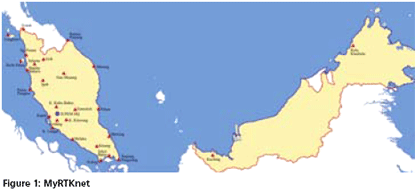
div class=”meta”>DATO’ HAMID ALI, AHMAD FAUZI NORDIN, DR SAMAD HJ ABU CHANG LENG HUA
The Department of Survey and Mapping Malaysia (JUPEM) is the competent authority in providing both horizontal and vertical survey control to the surveying community in Malaysia. This is carried out through the setting up of a surveying infrastructure throughout the country for the eventual purpose of national development, security and defence. In line with the government’s endeavour to improve its delivery mechanism, there have…
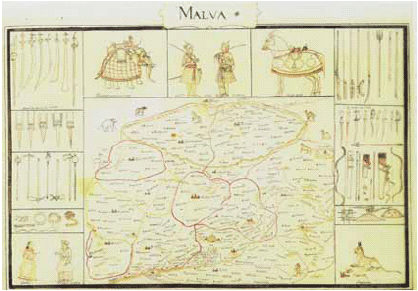
Raja Todarmal was the minister for revenue in the court of Akbar. Building upon the foundations laid by Sher Shah, Todarmal introduced a system of land reforms, the essence of which was an assessment of the land revenue according to the extent of cultivation, the nature of the soil and the quality of the crops. He set up a scheme of laborious measurement, analysis of possibilities and calculation of prospects…











 (5.00 out of 5)
(5.00 out of 5)